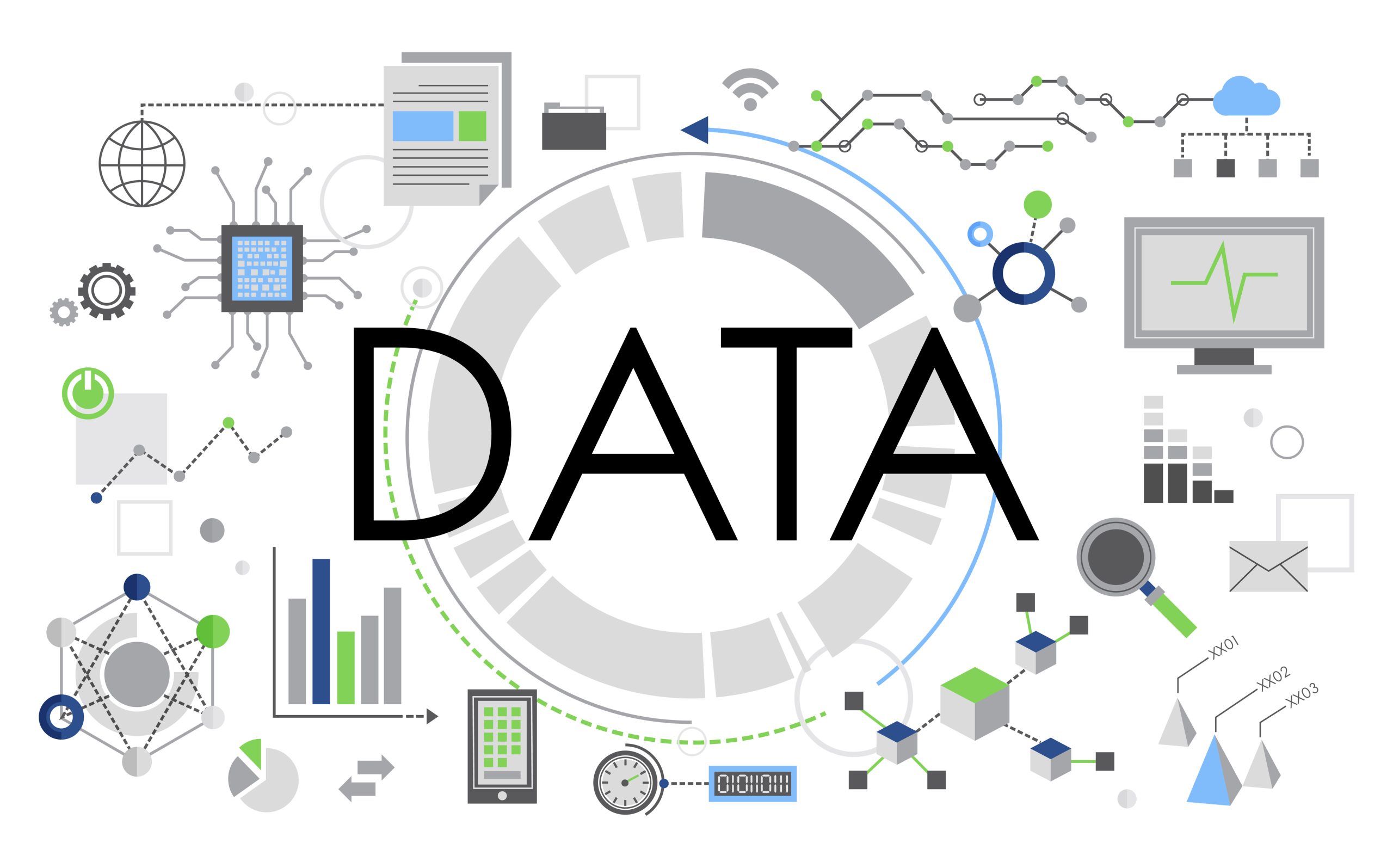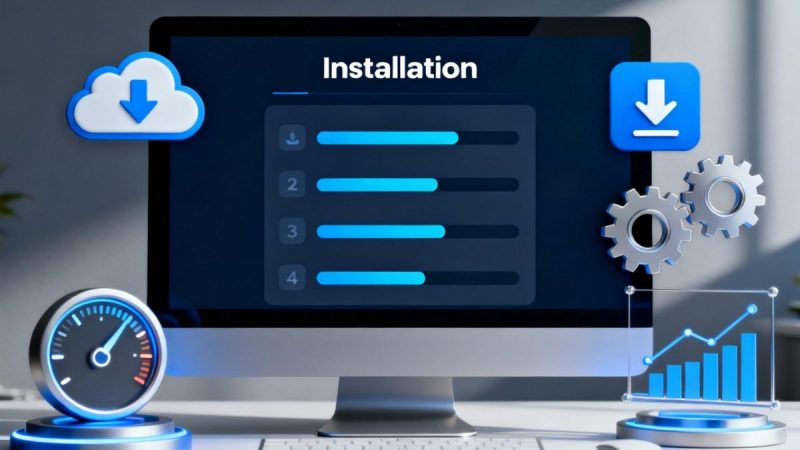Evolving Your Data Ecosystem: Strategies for Successful ETL Migration

In today’s rapidly evolving technological landscape, data has become the lifeblood of businesses. Modernizing their data ecosystems becomes paramount as companies strive to stay competitive and leverage the power of data-driven insights. One crucial aspect of this modernization is the migration of ETL (Extract, Transform, Load) processes, which play a pivotal role in data integration and preparation. In this article, we will delve into the intricacies of ETL migration, exploring its importance, benefits, strategies, challenges, and best practices.
Understanding ETL Migration: Transitioning Data for Modernization
ETL migration involves transitioning from an existing ETL system to a new, more advanced one. As businesses grow, their data requirements become more complex, necessitating the adoption of cutting-edge technologies and practices. ETL migration allows organizations to enhance data processing efficiency, ETL improvements data quality, and enable seamless integration with modern data analytics platforms.
Key Drivers for ETL Migration: Necessity and Benefits
Several key drivers push organizations to consider ETL migration:
- Scalability and Performance: Legacy ETL systems might struggle to handle the growing volume and variety of data. Modern ETL tools can offer better scalability and performance to accommodate these demands.
- Data Quality and Integrity: Data accuracy and integrity are crucial for meaningful insights. Newer ETL tools often come with advanced data cleansing and transformation capabilities.
- Integration with Advanced Analytics: To take full advantage of machine learning, AI, and big data analytics, organizations need etl software that seamlessly feed etl data into these systems.
- Real-time Data Processing: Traditional batch-oriented ETL processes might not be sufficient for real-time data requirements. Modern etl tools list offer real-time or near-real-time data processing capabilities.
- Cost Efficiency: Legacy ETL systems might become cost-inefficient due to maintenance, licensing, and hardware requirements. Upgrading to modern ETL tools can help optimize costs.
Planning Your ETL Migration Strategy: Step-by-Step Approach
Successful ETL migration requires a well-defined strategy to minimize disruptions and ensure a smooth transition. Here’s a step-by-step approach:
- Data Assessment and Preparation: Understand the existing data landscape, data sources, transformations, and dependencies. Cleanse and prepare the data for migration.
- Mapping Data Flows: Identify the data flow architecture and map data transformations from the old ETL to the new one. Ensure data integrity during this process.
- Choosing the Right ETL Tool: Select an ETL tool that aligns with your organization’s needs, considering factors like scalability, performance, integration capabilities, and ease of use.
- Data Pipeline Architecture: Design the new data pipeline architecture, keeping scalability, maintainability, and performance in mind. Incorporate best practices for data integration and transformation.
- Managing Data Downtime: Plan for minimal disruption during migration. Consider off-peak hours for the transition to minimize the impact on operations.
- Testing and Validation: Rigorously test the new ETL pipeline before full-scale migration. Validate data accuracy and ensure that all transformations are correctly applied.
- Parallel Processing: Run both the old and new spark etl in parallel to identify discrepancies and ensure consistent results.
- Monitoring and Optimization: Implement monitoring mechanisms to track the performance of the new ETL pipeline. Optimize as needed to achieve the desired outcomes.
Data Assessment and Preparation for a Successful ETL Migration
Before embarking on ETL migration, a thorough understanding of the existing data landscape is imperative. Identify data sources, formats, quality issues, and dependencies. Data cleansing and transformation might be necessary to ensure accurate results post-migration. Collaborate with data stakeholders to define data quality metrics and establish a baseline for ETL comparison after migration.
Mapping Data Flows: Ensuring Data Integrity in ETL Migration
Accurate data mapping is a cornerstone of successful ETL migration. It involves identifying source-to-destination transformations and ensuring data flows seamlessly from the old ETL to the new one. Automated data mapping tools can simplify this process, reducing the risk of human error and ensuring data integrity. Regularly validate and cross-reference the mapped data to maintain accuracy throughout the migration.
Choosing the Right ETL Tool for a Smooth Migration Process
Selecting the appropriate ETL tool is a critical decision that can significantly impact the success of your migration. Consider factors such as:
- Scalability: Will the tool handle your organization’s current and future data processing needs?
- Integration Capabilities: Does the tool easily integrate with your existing systems and data analytics platforms?
- Ease of Use: Is the tool user-friendly, or will extensive training be required for your team?
- Data Transformation: Does the tool offer the required transformation capabilities for your data?
- Real-time Processing: Can the tool accommodate real-time data processing if needed?
- Community and Support: Does the tool have an active user community and reliable customer support?
Managing Data Downtime: Minimizing Impact During ETL Migration
Data downtime during ETL migration can disrupt business operations and cause financial losses. To mitigate this risk, plan the migration during off-peak hours or use a phased approach, where only a subset of data modeling techniques is migrated initially. This allows you to validate the new ETL pipeline’s performance before migrating the entire dataset. During this process, maintain open communication with stakeholders to manage expectations and inform them about progress.
Testing and Validation: Ensuring Accuracy Post-Migration
Testing and validation are paramount to maintaining data integrity after migration. Implement a comprehensive testing strategy that covers various scenarios and edge cases. Perform data validation checks at each step of the migration process, comparing results from the old and new ETL pipelines. Automated ETL testing tools can streamline this process, helping you identify discrepancies and ensuring accurate results.
Addressing Challenges: Common Issues in ETL Migration Projects
ETL migration projects are not without challenges. Some common issues include:
- Data Loss or Corruption: Inaccurate data mapping or transformation can lead to data loss or corruption during migration.
- Performance Bottlenecks: Inadequate optimization of the new ETL pipeline can result in performance issues.
- Integration Complexities: Integrating the new ETL tool with existing systems might pose integration challenges.
- Lack of Expertise: Inadequate knowledge of the new ETL tool within the team can hinder successful migration.
Migration Best Practices: Lessons from Successful ETL Transitions
Drawing from successful ETL migration projects, several best practices emerge:
- Thorough Planning: Invest time in comprehensive planning and assessment before initiating migration.
- Parallel Testing: Run the old and new ETL pipelines parallel to identify discrepancies and ensure data accuracy.
- Continuous Monitoring: Implement monitoring mechanisms post-migration to promptly identify and address any issues.
- Cross-functional Collaboration: Involve stakeholders from different departments to ensure a holistic understanding of data requirements.
- Documentation: Maintain detailed documentation of the migration process, data mappings, and transformations for future reference.
Conclusion
ETL migration is a critical step toward modernizing your data ecosystem. By understanding the drivers, planning meticulously, assessing data, ensuring data integrity, choosing the right tools, and managing challenges effectively, you can confidently navigate the migration process. As businesses continue to harness the power of data, a successful ETL migration sets the stage for informed decision-making and unlocks the full potential of data-driven insights.






